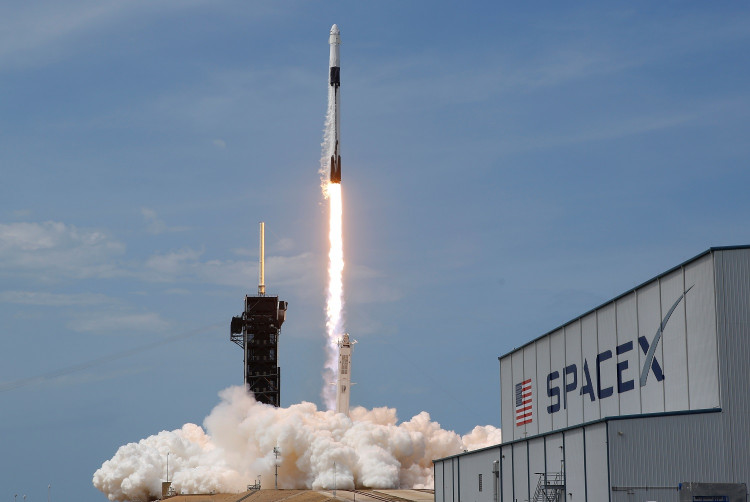The Federal Communications Commission has "serious doubts" that SpaceX and other low-Earth orbit satellite providers will be able to meet latency requirements to qualify in an upcoming auction for government subsidies to bring internet connection to remote areas.
These assertions were made in FCC's report published last week that detailed the procedures and requirements for the first phase of the Rural Digital Opportunity Fund action to commence later this year. While the FCC said low-Earth orbit satellite providers ae allowed to apply for funds as low-latency broadband providers, it expressed its doubts whether the companies could meet the sub-100 milliseconds latency requirement.
"We are ... unaware of any low-Earth orbit network capable of providing mass-market retail broadband service to residential consumers that could meet the commission's 100 ms round-trip latency requirements," the FCC said. "We, therefore, have serious doubts that any low-Earth orbit networks will be able to meet the short-form application requirements for bidding in the low latency tier."
One of these low-Earth orbit broadband providers, SpaceX, over the weekend announced the launch of 58 of its Starlink satellites into orbit. So far, the company already has 500 satellites in space, but the company has yet to offer a commercial service.
According to SpaceX, its technology is capable of meeting the latency requirements set by FCC. The commission in 2018 approved the private space agency's plan to provide internet service, with the goal of providing low-latency broadband to remote areas with little or no internet access, as well as improve coverage and speeds in areas where access is poor. Elon Musk, the company's CEO, plans to launch 12,000 satellites all in all in order to deliver worldwide services.
FCC's concern -- latency -- refers to the time it takes for data and signals to travel between locations. It is especially important in order to use apps seamlessly, such as in video or voice calls. Long latency will cause poor-quality calls and buffering video streams. If signals and data have to travel back and forth at such long distances, broadband services will have high levels of latency. This is a common issue as with other satellite internet services such as HughesNet or Viasat. These companies use a handful of huge satellites above our planet at over 22,000 miles in order to provide internet services.
According to the FCC, it would not allow medium or high orbiting satellite broadband providers to bid on the auction.





